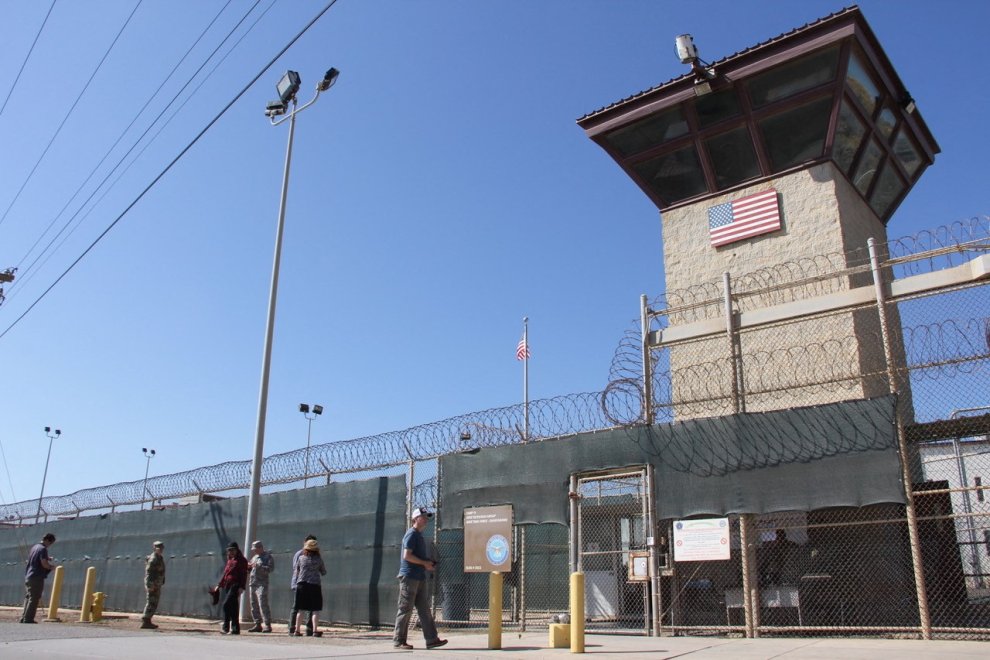The U.S. Office of the Director of National Intelligence (ODNI) has revealed that nearly one-third of detainees released from Guantanamo Bay since the September 11, 2001 attacks have either re-engaged in terrorism or are suspected of doing so.
Of the 739 individuals released during this period, 39 have died, 23 are in custody in other countries, and 75 remain free. Ninety-seven are suspected of rejoining militant activities, while the rest are confirmed to have directly engaged in terrorism.
Five Taliban members released during this period now hold senior positions in the Taliban regime.
The report notes that transfers to countries experiencing war or instability significantly increase the likelihood of former detainees returning to terrorism. Declassified on June 12 this year, it states that ex-detainees often maintain contact, ranging from sharing personal experiences to coordinating “nefarious” operations.
The assessment, prepared by ODNI Director Tulsi Gabbard in consultation with the CIA and the Department of Defense, warns that “based on patterns observed over the past 20 years, some current Guantanamo detainees will likely attempt to reengage in terrorism or insurgency after release.”
According to The New York Times’ “Guantanamo Docket” project, about 15 detainees remain in the prison, including the alleged mastermind of the 9/11 attacks. U.S. Defense Secretary Pat Hagest, who visited Guantanamo in February, said he hopes the lead architect of the attacks will be executed.
The data shows most released detainees returned to Afghanistan — 204 in total — followed by 142 to Saudi Arabia and 66 to Pakistan.
In 2014, five senior Taliban members were freed in exchange for U.S. soldier Bowe Bergdahl. They are now key figures in the Taliban government: Abdul Haq Wasiq (intelligence chief), Khairullah Khairkhwa (information and culture minister), Norullah Noori (borders and tribal affairs minister), Mohammad Fazl Akhund (deputy defense minister), and Mohammad Nabi Omari (deputy interior minister).







